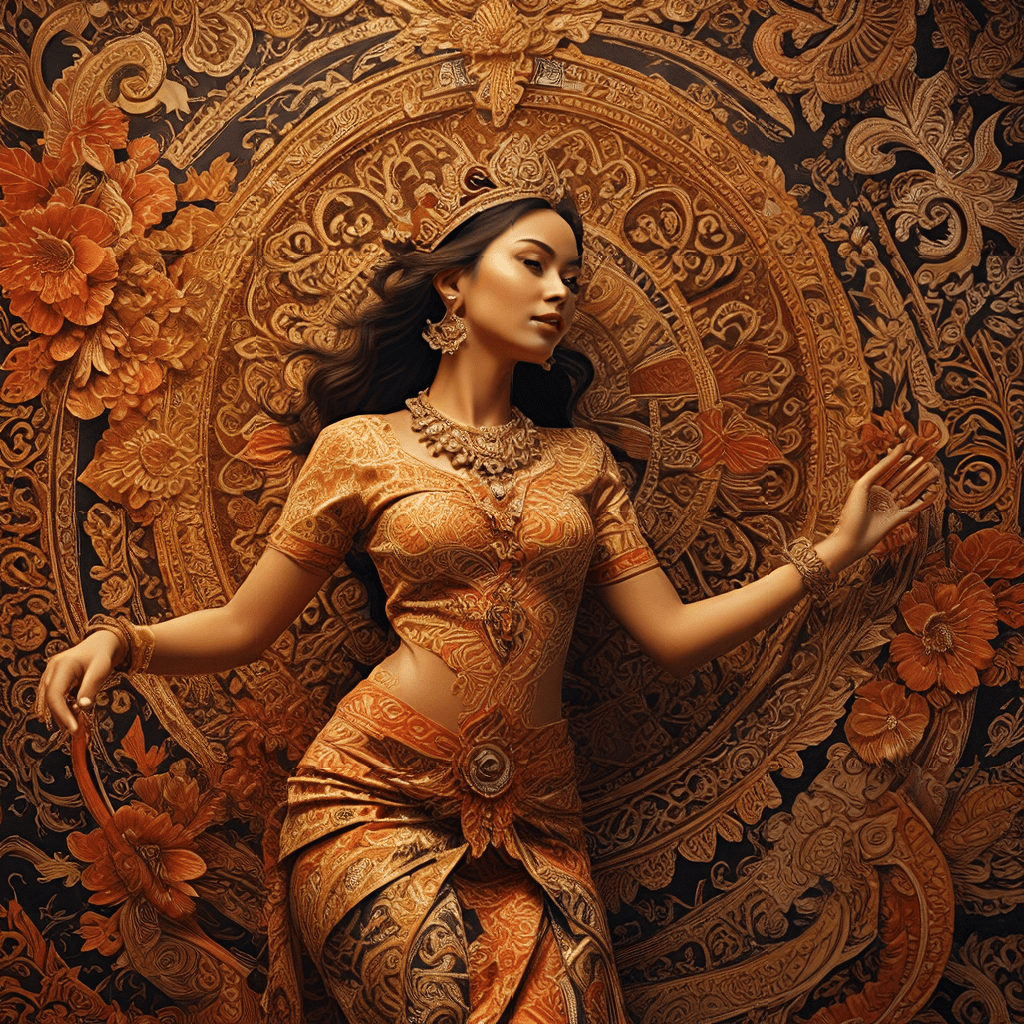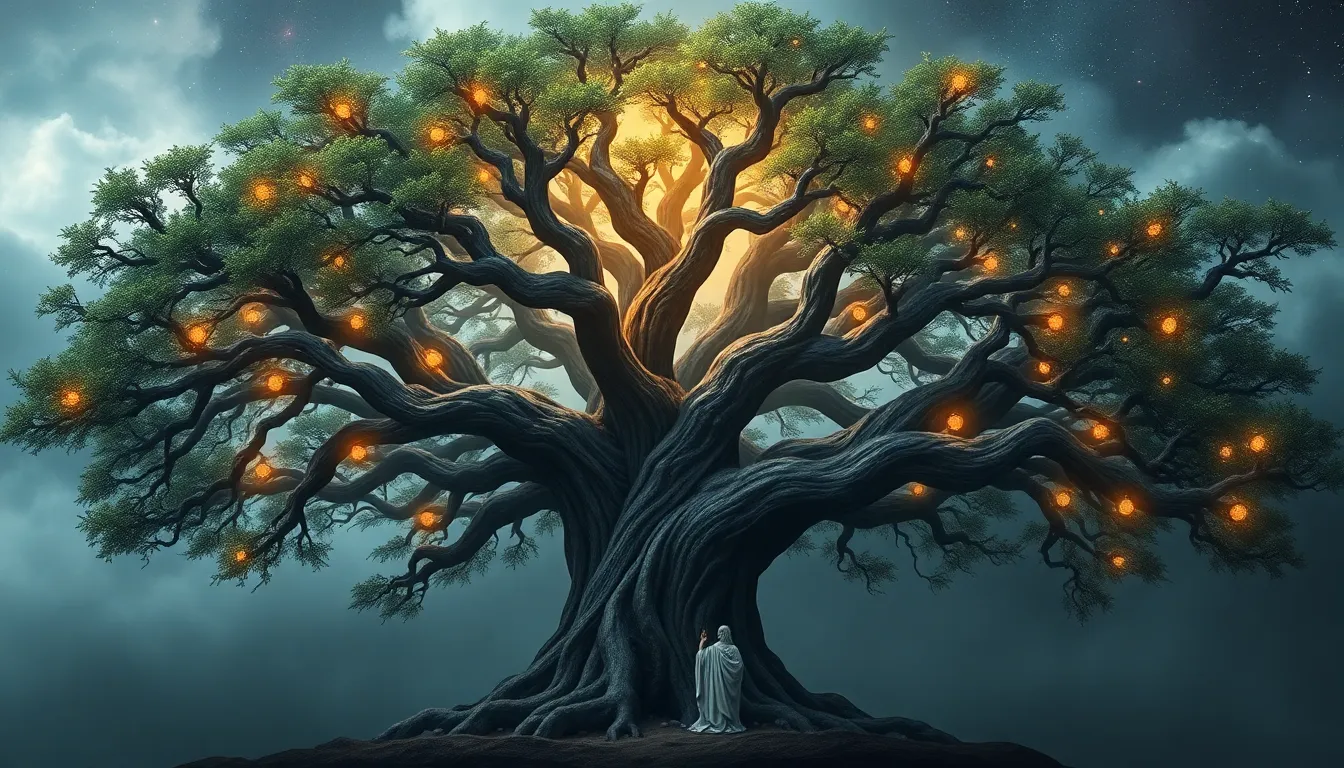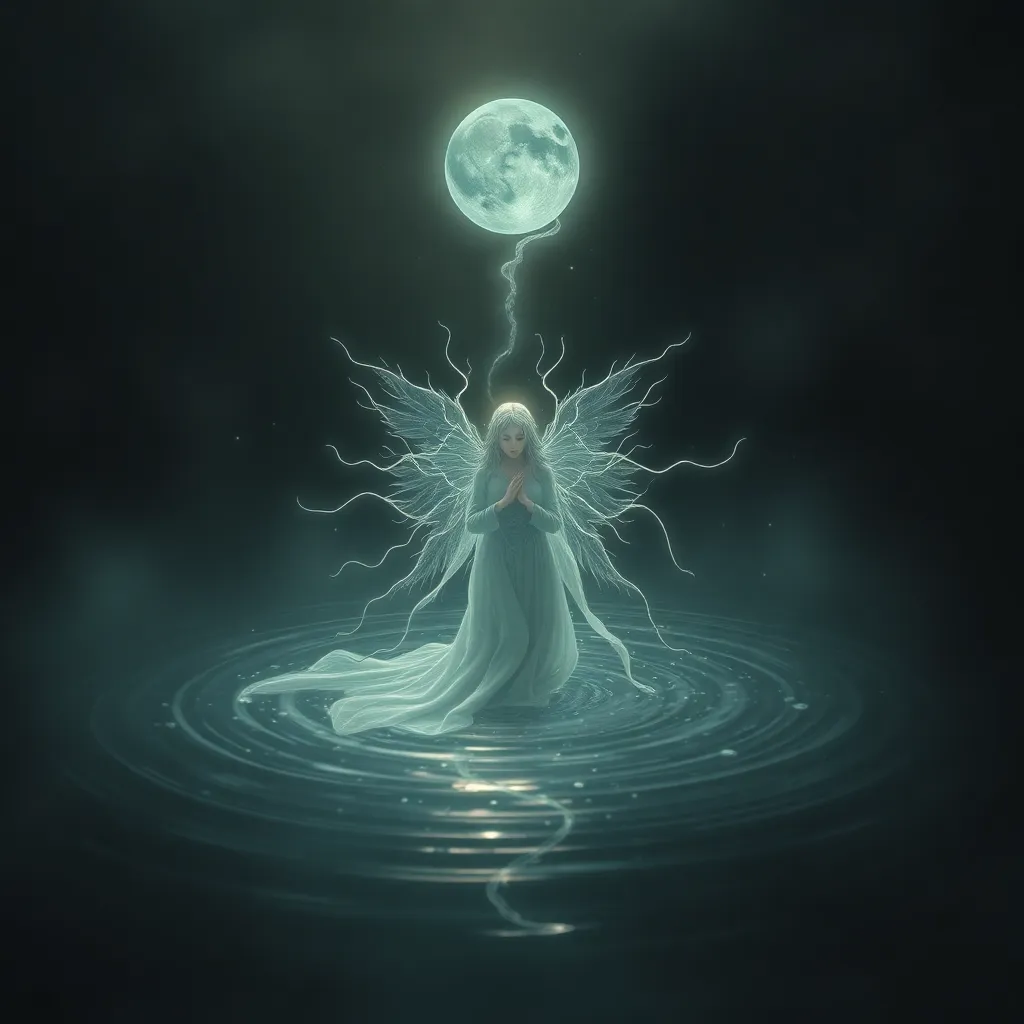The Legend of the Trickster Raccoon in Native American Mythology
Introduction
The enigmatic figure of the trickster raccoon holds a prominent place in the rich tapestry of Native American mythology. This cunning and playful creature, often depicted with a mischievous grin and a knack for deceit, has captivated generations of storytellers and listeners alike. The legend of the trickster raccoon is a complex and multifaceted narrative that explores themes of wit, morality, and the interconnectedness of all living beings.
Origin and Prevalence of the Legend
The story of the trickster raccoon is a widespread one, found among numerous Native American tribes and nations. Variations of the tale can be traced across a vast geographic region, from the woodlands of the Northeast to the deserts of the Southwest. This prevalence suggests the profound impact that the trickster figure has had on Native American culture and its enduring relevance to this day.
Characterization of the Trickster Raccoon
At the heart of the legend lies the character of the trickster raccoon. This enigmatic creature is typically portrayed as a master of disguise, capable of assuming various forms to outwit its opponents. The trickster is known for its cunning, resourcefulness, and an insatiable appetite for mischief. While its actions can often be humorous, they may also carry deeper meanings and consequences.
The Trickster's Role in Native American Culture
Within Native American communities, the trickster raccoon serves a multifaceted role. It is a figure of entertainment, a source of moral lessons, and a symbol of the unpredictable nature of life. The trickster's antics challenge societal norms and expose the folly of human behavior. Through its actions and interactions, the trickster provides valuable insights into the complexities of human nature and the importance of both wisdom and balance.
Symbolism and Interpretation of the Raccoon's Tricks
The trickster raccoon's exploits are often laden with symbolism and open to multiple interpretations. Its ability to change forms, for example, might represent the fluidity of identity and the transformative power of storytelling. Its cunning and deceit may serve as a cautionary tale about the dangers of unchecked ego and the importance of humility. Ultimately, the trickster's actions challenge us to question our assumptions and seek deeper meanings beneath the surface.
The Trickster's Relationship with Other Mythological Beings
The trickster raccoon frequently interacts with other mythological figures, both benevolent and malevolent. In some stories, it serves as a helper to the hero, providing guidance and assistance. In others, it is an adversary, testing the limits of its opponents and exposing their weaknesses. These relationships highlight the dynamic nature of the trickster and its ability to adapt to different roles and situations.
Variations of the Legend across Native American Communities
While the core elements of the trickster raccoon legend remain consistent across Native American cultures, there are also significant variations in the details. Different tribes attribute different names and characteristics to the trickster, reflecting the unique beliefs and traditions of each community. These variations contribute to the richness and diversity of Native American mythology and provide insights into the cultural diversity of the region.
The Trickster Raccoon in Modern Native American Literature and Arts
The trickster raccoon continues to captivate contemporary Native American artists and writers. In literature, the trickster serves as a vehicle for exploring themes of identity, cultural heritage, and the challenges faced by modern Indigenous communities. In art, the trickster's image is often used to express creativity, humor, and a connection to traditional storytelling traditions.
Conclusion: The Trickster's Enduring Legacy
The legend of the trickster raccoon is a timeless tale that continues to entertain, provoke thought, and inspire generations of Native Americans and non-Natives alike. Through its cunning, wit, and ability to challenge societal norms, the trickster serves as a reminder of the importance of balance, humility, and the interconnectedness of all living beings. Its enduring legacy is a testament to the power of storytelling to shape our understanding of the world and our place within it.
Frequently Asked Questions (FAQ)
Q: Why is the raccoon the trickster in Native American mythology?
A: The raccoon is often associated with cunning, adaptability, and mischief, making it a fitting representation of the trickster archetype.
Q: What is the moral of the trickster raccoon stories?
A: Trickster stories often convey lessons about the dangers of hubris, the importance of humility, and the need to respect the natural world.
Q: Is the trickster raccoon always a negative figure?
A: No, the trickster can play both positive and negative roles, depending on the story context. In some tales, it is a mischievous character, while in others, it serves as a helper or guide.




